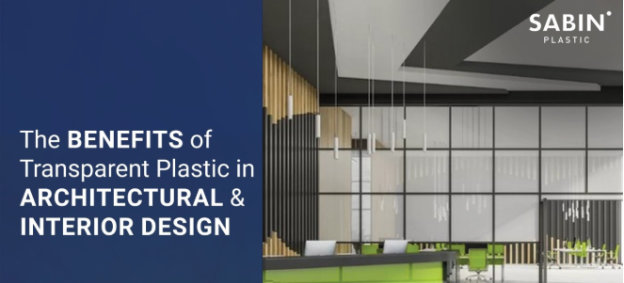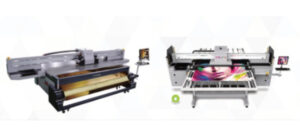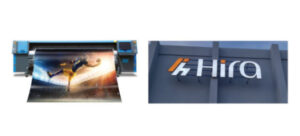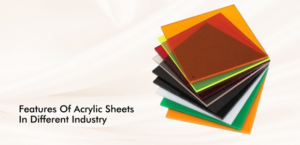
The Benefits of Transparent Plastic in Architectural and Interior Design
In the world of modern architecture and interior design, innovation meets aesthetics in the most unexpected ways. One such unsung hero revolutionizing spaces today is transparent plastic. Often associated with packaging and consumer products, transparent plastics like acrylic, polycarbonate, and PETG are quietly becoming staples in creative, functional, and sustainable design.
1. Aesthetic Flexibility Without Compromising Strength
Transparent plastics offer a sleek, glass-like appearance but come with added benefits — they’re lighter, shatter-resistant, and easily mouldable. Designers love using materials like acrylic for partitions, balustrades, wall panels, and even artistic installations. Their crystal-clear finish elevates any space, allowing natural light to flood through while maintaining an open, airy vibe.
Unlike glass, transparent plastics can be cut, bent, or thermoformed into complex shapes, enabling creative freedom that glass simply cannot match.
2. Enhanced Safety and Durability
One of the most significant advantages of transparent plastics in architecture is safety. Polycarbonate, for example, is virtually unbreakable and can withstand heavy impacts. It’s used in high-risk areas such as skylights, rooftop canopies, and protective barriers — places where traditional glass might pose a risk.
Its resistance to UV rays and weather makes it ideal for both interior and exterior applications, especially in public buildings, schools, and commercial spaces where safety and longevity are paramount.
3. Sustainable and Energy-Efficient Design
With the rising demand for eco-conscious materials, transparent plastic plays a surprising role in green architecture. Many variants are 100% recyclable, and some manufacturers even offer bio-based or recycled options.
Moreover, using transparent plastic in skylights, facades, or light diffusers helps maximize daylight penetration, reducing the need for artificial lighting and cutting down energy costs. Its insulating properties also contribute to better thermal performance.
4. Cost-Effective and Easy to Install
Compared to glass, transparent plastics are significantly more cost-effective — not only in material costs but also in transportation and installation. Their lightweight nature reduces structural load and makes them easier to handle during construction or remodeling, speeding up project timelines and reducing labour costs.
For interior designers working on budget-sensitive projects, transparent plastic is a clever alternative that doesn’t sacrifice style or quality.
5. Customization and Branding Opportunities
One of the more underutilized benefits is how well transparent plastics lend themselves to customization. From laser engraving and LED backlighting to printing, designers can create branded spaces, artistic dividers, or signage that integrates seamlessly with the overall design theme.
Whether it’s a luxury retail store, an office reception, or a minimalist home interior, transparent plastics can be shaped to reflect the brand’s identity or the homeowner’s personality.
Conclusion
Transparent plastic is more than just a practical alternative to glass — it’s a design tool that offers a blend of aesthetics, efficiency, and innovation. As the architectural and interior design industries continue to evolve, materials like acrylic and polycarbonate are paving the way for smart, sustainable, and visually captivating spaces.
So next time you’re conceptualizing a project, consider looking beyond the traditional. Transparent plastic might just be the modern edge your design needs.
Enhance your designs with premium transparent plastic from Sabin Plastic — perfect for modern, safe, and stylish spaces.
















